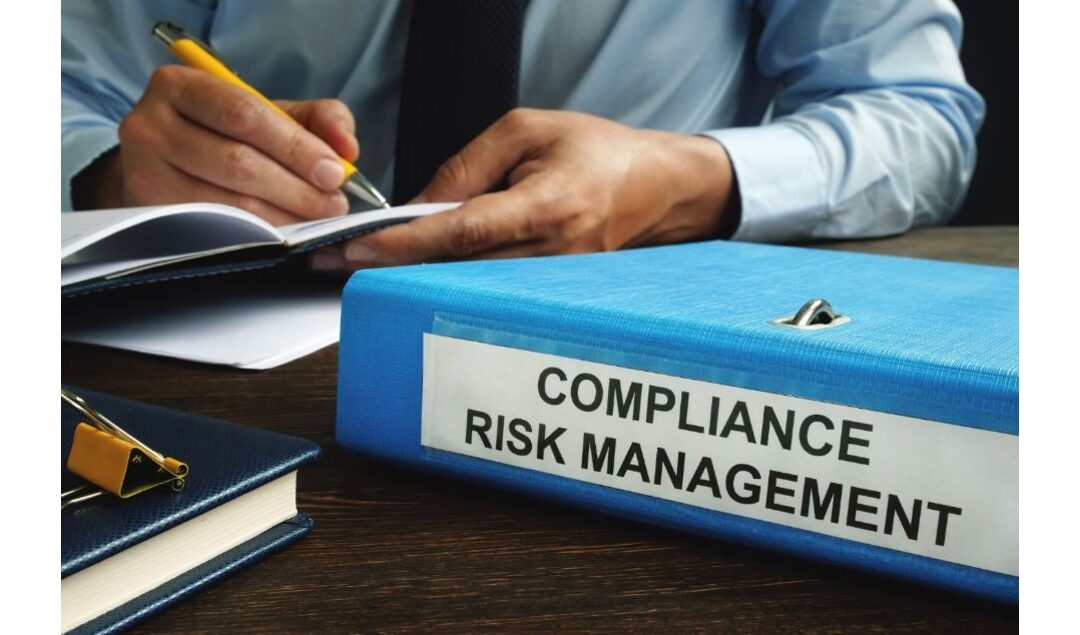Compliance risk management is the structured approach organizations use to identify, assess, and mitigate risks associated with failing to comply with laws, regulations, policies, and industry standards. In today’s complex and ever-evolving business landscape, managing compliance risk is not just about avoiding legal penalties; it’s a strategic imperative that protects the organization’s reputation, ensures operational efficiency, and maintains trust with stakeholders. This blog post will delve into the nuances of compliance risk management, exploring its components, implementation strategies, technological tools, and best practices, providing a comprehensive guide for businesses aiming to navigate the intricate world of compliance with confidence.
Understanding Compliance Risk
Compliance risk, often referred to as regulatory risk, is the threat posed to an organization’s financial, organizational, or reputational standing resulting from violations of laws, regulations, codes of conduct, or organizational standards of practice. It’s a critical subset of operational risk that specifically focuses on adherence to rules and regulations that govern business activities.
Unlike other types of risks, such as financial risk, which deals with money management issues, or strategic risk, which involves decisions that affect an organization’s direction, compliance risk is uniquely concerned with legal and regulatory adherence. Where financial risk might relate to market fluctuations or credit issues, and strategic risk could stem from poor planning or business model flaws, compliance risk is about the failure to follow the laws and regulations that allow the business to operate legally and ethically.
To illustrate, in the banking industry, compliance risk includes failing to adhere to anti-money laundering laws, which can lead to significant fines and reputational damage. In the healthcare sector, it might involve breaches of patient privacy laws under regulations like HIPAA, risking patient trust and incurring legal penalties. Technology companies, especially those dealing with user data, face compliance risks related to data protection regulations such as GDPR, where non-compliance can result in substantial financial penalties and loss of customer trust.
Understanding these risks and how they differ from other types of risks is essential for organizations to develop effective risk management strategies, ensuring they not only remain compliant but also maintain operational integrity and public trust.


Recent Comments